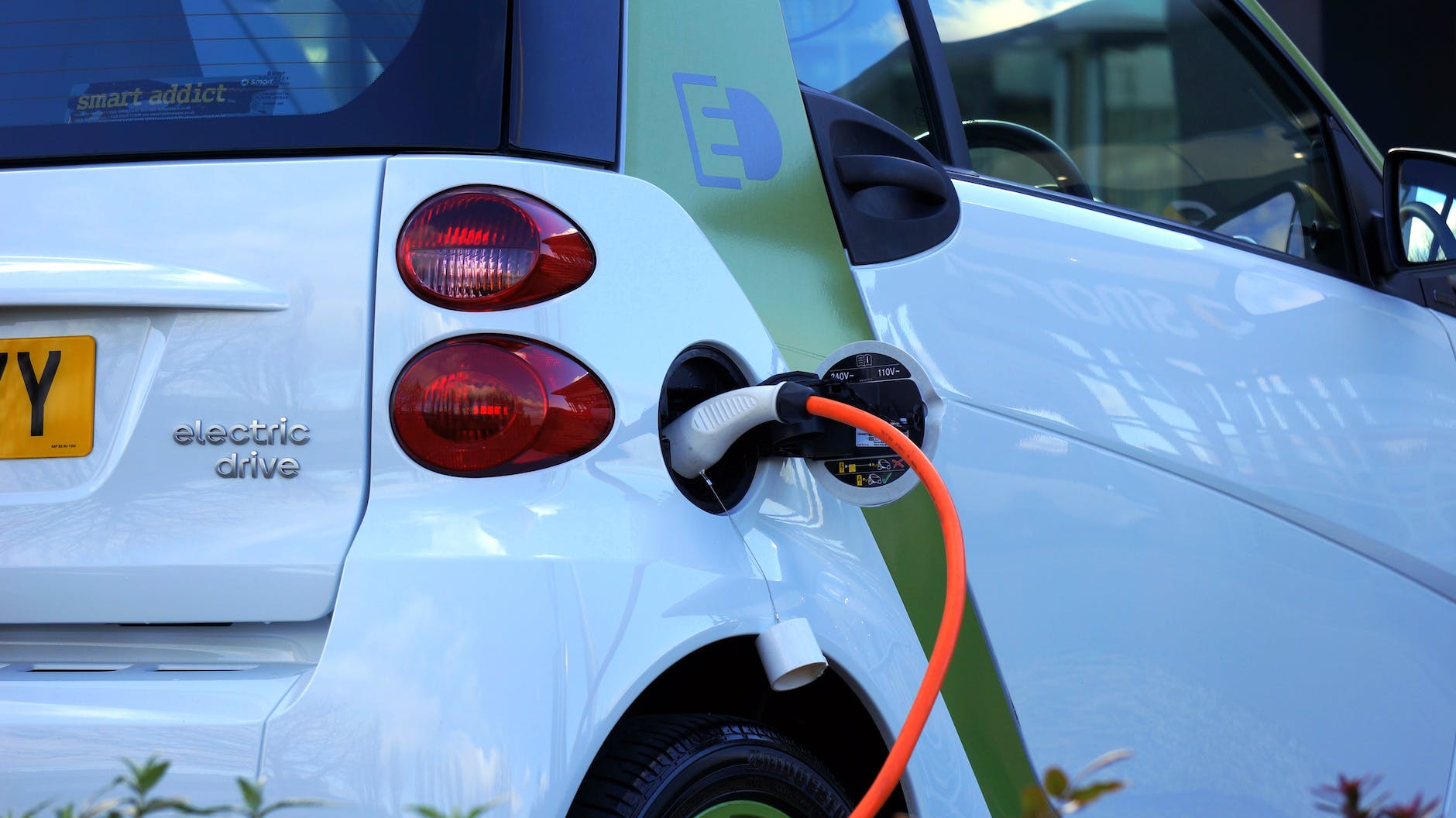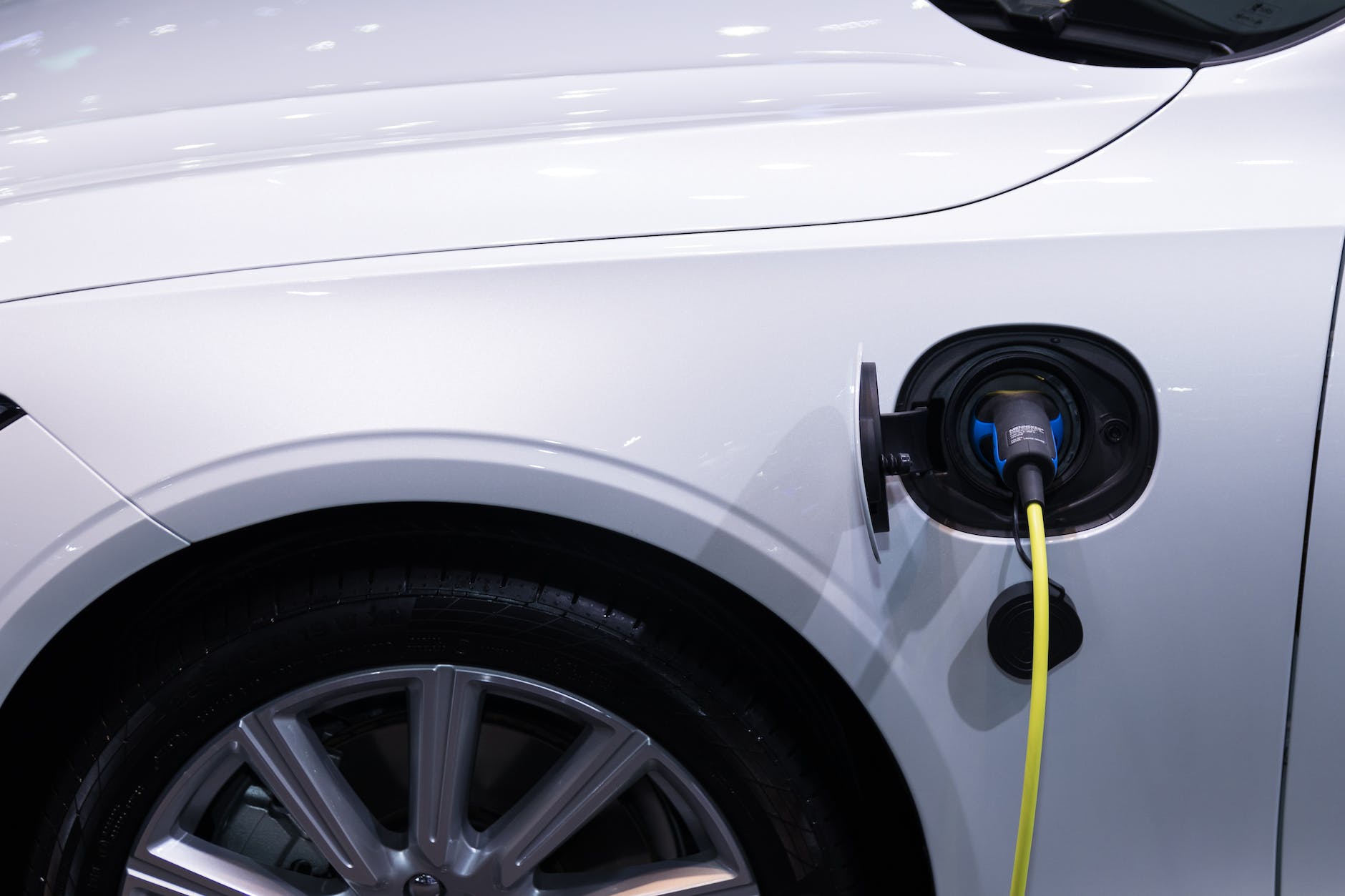Introduction to the electric vehicle revolution
The world is witnessing a paradigm shift in the automotive industry, driven by the increasing adoption of electric vehicles (EVs). This revolution is transforming our streets, highways, and cities as we transition from traditional gasoline-powered cars to cleaner, more efficient, and sustainable electric vehicles. As a result, the auto industry is experiencing a period of rapid change, with new players emerging and established manufacturers rethinking their strategies. Lets go over the top electric cars.
The electric vehicle revolution is not just about the vehicles themselves but also the infrastructure and technology that support them. Charging stations are becoming more widespread, battery technology is improving, and new business models are emerging to support the growth of EVs. This article will take a closer look at the factors driving the popularity of electric vehicles, the top 10 most promising EVs on the horizon, and the innovations that are shaping the industry.
The growing demand for electric vehicles
The demand for electric vehicles has been steadily increasing over the past decade, and this trend is expected to continue in the coming years. This growth is driven by a combination of factors, including consumer awareness of the environmental impact of traditional cars, government incentives, and advancements in technology.
As concerns about climate change and air pollution grow, more and more people are looking for eco-friendly transportation options. Electric vehicles produce zero tailpipe emissions, making them an attractive choice for environmentally conscious consumers. Additionally, the overall cost of ownership for electric vehicles is often lower than that of traditional cars, as they require less maintenance and have lower fuel costs.
Government policies and incentives also play a significant role in driving the demand for electric vehicles. Many countries, including the United States, China, and members of the European Union, have implemented policies to encourage the adoption of EVs. These policies include tax breaks, subsidies, and infrastructure investments, making electric vehicles more accessible and affordable for consumers.
Factors driving the popularity of top electric cars
There are several factors that have contributed to the growing popularity of electric vehicles, including advancements in battery technology, the decreasing cost of EVs, and improvements in charging infrastructure.
One of the most significant advancements in electric vehicle technology has been the development of more efficient, powerful, and longer-lasting batteries. With improvements in energy density, electric vehicles can now travel longer distances on a single charge, making them more practical for everyday use.
The cost of electric vehicles has also been steadily decreasing, making them more affordable for a wider range of consumers. As the cost of batteries continues to decline and economies of scale improve, it is expected that the price of electric vehicles will become more competitive with traditional cars.
Another critical factor driving the popularity of electric vehicles is the improvement in charging infrastructure. With more charging stations being installed worldwide and the development of fast-charging technology, the inconvenience of charging an electric vehicle is becoming less of a barrier for consumers.
The Tesla Model Y is a compact SUV that offers the performance and range that Tesla is known for, along with the practicality and versatility of an SUV. With a range of up to 326 miles on a single charge, the Model Y is designed to be a compelling option for families and long-distance travelers alike.
The Rivian R1T is an all-electric pickup truck that aims to challenge traditional trucks with its impressive performance and off-road capabilities. With a range of up to 400 miles, a towing capacity of 11,000 pounds, and a 0-60 mph time in just 3 seconds, the R1T is poised to make a significant impact in the truck market.
Ford’s first all-electric SUV, the Mustang Mach-E, combines the iconic styling of the Mustang with the practicality and efficiency of an electric vehicle. With a range of up to 305 miles and a 0-60 mph time of 3.5 seconds, the Mach-E offers a compelling blend of performance and efficiency.
The Volkswagen ID.4 is an all-electric SUV that aims to bring EVs to the mainstream market. With a starting price of around $40,000 and a range of up to 250 miles, the ID.4 is designed to be an affordable and practical option for a wide range of consumers.
The Audi e-Tron GT is a high-performance electric sedan that combines the luxury and refinement of an Audi with the power and performance of an electric vehicle. With a range of up to 238 miles and a 0-60 mph time of just 3.1 seconds, the e-Tron GT is set to compete with the likes of the Tesla Model S.
The Nissan Ariya is a stylish and futuristic-looking electric SUV that promises a range of up to 300 miles and a host of advanced technology features. With a starting price of around $40,000, the Ariya aims to make electric vehicles more accessible to a wider audience.
The BMW iX is an all-electric SUV that combines the luxury and performance of a BMW with the efficiency and sustainability of an electric vehicle. With a range of up to 300 miles and a host of cutting-edge technology, the iX is set to be a strong contender in the luxury EV market.
The Polestar 2 is an all-electric sedan that aims to provide a premium driving experience with a focus on sustainability and innovation. With a range of up to 233 miles and a 0-60 mph time of 4.1 seconds, the Polestar 2 offers a powerful and efficient driving experience.

The Lucid Air is a luxury electric sedan that boasts an impressive range of up to 517 miles, making it one of the longest-range electric vehicles on the market. With a starting price of around $70,000 and a host of advanced technology features, the Lucid Air is set to challenge the dominance of Tesla in the luxury EV market.
The Hyundai Ioniq 5 is a stylish and futuristic-looking electric SUV that offers a range of up to 300 miles and a host of advanced technology features. With a starting price of around $45,000, the Ioniq 5 aims to make electric vehicles more accessible to a wider audience.
These are the top electric cars!
Innovations in electric vehicle technology
Electric vehicle technology is constantly evolving, with new innovations and advancements being developed to improve the performance, efficiency, and sustainability of EVs. Some of the most notable innovations in recent years include advancements in battery technology, the development of solid-state batteries, improvements in charging infrastructure, and the integration of renewable energy sources.
As battery technology continues to improve, we can expect to see electric vehicles with even longer ranges and faster charging times. Solid-state batteries, which use solid electrolytes instead of liquid ones, promise to offer higher energy density, longer life, and improved safety compared to current lithium-ion batteries.
Improvements in charging infrastructure are also critical for the widespread adoption of electric vehicles. Fast-charging technology, such as Tesla’s Superchargers and the Electrify America network, is making it easier and more convenient for EV owners to charge their vehicles on long trips.
The integration of renewable energy sources, such as solar and wind power, into the charging infrastructure is another important innovation in the electric vehicle industry. This not only makes charging more sustainable but also helps to reduce the overall carbon footprint of electric vehicles.
“Driving an electric vehicle is not just a mode of transportation, but a powerful statement of our commitment to a cleaner, greener, and more sustainable future for all.”
The future of electric vehicles and their impact on the auto industry
The future of electric vehicles looks bright, with increasing demand, advancements in technology, and supportive government policies driving the growth of the industry. As electric vehicles become more affordable and practical for everyday use, it is likely that they will continue to gain market share and eventually become the dominant form of transportation.
This shift towards electric vehicles will have a profound impact on the auto industry, forcing traditional automakers to adapt and innovate in order to remain competitive. We can expect to see increasing collaboration between automakers and tech companies, as well as new business models and partnerships emerging in the industry.
How to choose the right electric vehicle for you
Choosing the right electric vehicle depends on a variety of factors, including your driving habits, budget, and personal preferences. Some key factors to consider when choosing an EV include:
- Range: Determine how far you typically drive on a daily basis and make sure the electric vehicle you choose has a sufficient range to meet your needs.
- Charging infrastructure: Consider the availability of charging stations in your area and along your typical driving routes, as well as the charging options available at your home.
- Price: Electric vehicles can vary widely in price, so it is important to determine your budget and find an EV that fits within it.
- Performance: Consider the acceleration, handling, and overall driving experience of the electric vehicle you are considering.
- Features: Look for features such as advanced safety technology, connectivity features, and other amenities that are important to you.
By taking these factors into account, you can find the electric vehicle that best suits your needs and preferences.
Government policies and incentives play a crucial role in promoting the adoption of electric vehicles. In many countries, incentives such as tax credits, rebates, and subsidies are available to consumers who purchase electric vehicles. These incentives help to make EVs more affordable and accessible, and they also encourage automakers to invest in the development of new electric vehicle models.
In addition to incentives for consumers, government policies and regulations can also play a role in promoting the growth of the electric vehicle industry. For example, some countries have set targets for the number of electric vehicles on the road, while others have implemented regulations that require automakers to produce a certain percentage of electric vehicles.
Charging infrastructure is another area where government policies and investments can play a role. Governments can invest in the development of public charging stations and provide incentives for businesses and individuals to install charging stations at their homes and workplaces.
Navigating the Crypto World: A Comprehensive Comparison of Proof of Stake vs Proof of Work
10 Essential Car Maintenance Tips to Keep Your Vehicle Running Smoothly
Challenges and opportunities for the electric vehicle market
While the electric vehicle market is growing rapidly, there are still several challenges that need to be addressed in order to ensure its continued success. One of the biggest challenges is the high cost of batteries, which can make electric vehicles more expensive than traditional cars.
Another challenge is the lack of charging infrastructure in some areas, which can make it difficult for electric vehicle owners to find a place to charge their vehicles. This is particularly problematic for people who live in apartments or other multi-unit buildings where it may be difficult to install a charging station.

On the other hand, there are several opportunities for the electric vehicle market, including the potential for new business models and partnerships to emerge. For example, automakers and tech companies are increasingly collaborating on the development of electric and autonomous vehicles, which could lead to new products and services.
In addition, the growth of the electric vehicle market could create new job opportunities in areas such as battery manufacturing, charging infrastructure development, and EV maintenance and repair.
From Traditional to Modern: The Unavoidable Shift to Digital Business Transformation
Conclusion: The bright future of electric vehicles
The electric vehicle revolution is transforming the auto industry and the world as we know it. With increasing demand, advancements in technology, and supportive government policies, the growth of the electric vehicle market shows no signs of slowing down.
The top 10 most promising electric vehicles on the horizon are just a glimpse of what is to come as automakers continue to innovate and improve the performance, efficiency, and sustainability of electric vehicles.
As we look to the future of the electric vehicle industry, it is clear that there are both challenges and opportunities ahead. However, with the right investments and policies in place, the future of electric vehicles looks bright, and we can look forward to a cleaner, more efficient, and sustainable transportation system. What will be the top electric cars to buy?
Maximizing Your Vehicle’s Potential: Professional Guide on Street Legal Car Modifications





